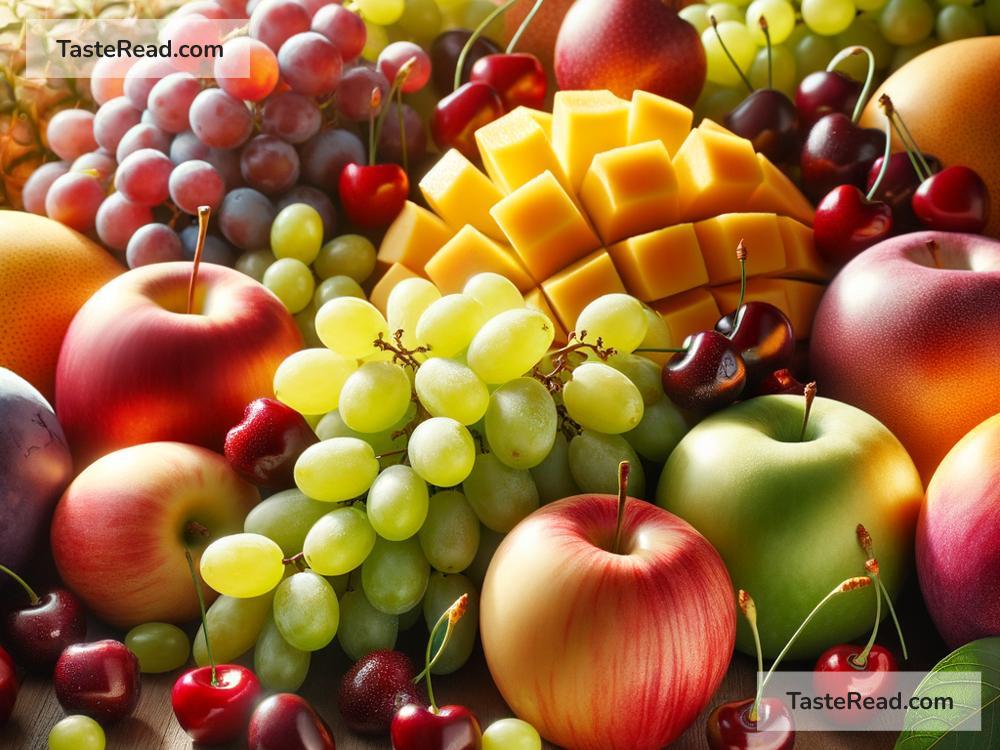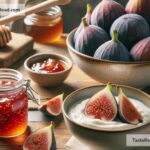The Role of Fructose in Fruit Sweetness: What Makes Fruit So Tasty?
Have you ever bitten into a ripe banana, a juicy orange, or a sweet apple and wondered why fruits taste so good? The answer lies in one key ingredient: fructose. Fructose is a natural sugar found in fruits, and it plays a big role in why so many fruits are sweet and delicious. In this blog, we will explore what fructose is, why fruits contain it, and how it affects the sweetness we love in our favorite fruits.
What Is Fructose?
Fructose is a type of sugar, also known as a “simple carbohydrate.” It is part of a group of sugars that include glucose, sucrose, and lactose. Fructose is unique because it is the sweetest of all the naturally occurring sugars. While sucrose (table sugar) and glucose are also sweet, fructose is the king of sweetness.
You can find fructose in fruits, vegetables, and honey. In fact, fructose is sometimes called “fruit sugar” because fruits are its primary source in nature. Fruits like apples, grapes, cherries, and bananas all contain high levels of fructose, which contribute to their iconic sweet flavors. Even less-sweet fruits like strawberries and watermelon have some fructose.
Why Do Fruits Contain Fructose?
Fruits use fructose as part of their natural design. To understand why fructose is in fruit, let’s take a closer look at plants. Fruits are produced by plants as a way to hold seeds. These seeds are vital for reproduction, allowing plants to grow new offspring when the seeds are spread to new areas.
Now, here’s where fructose comes in: sweetness makes fruits attractive to animals and humans. When a fruit ripens and becomes sweet, animals are more likely to eat it. As they eat the fruit, they also swallow or carry away the seeds. Later, when the animal moves to a new location, the seeds can be dropped or planted there—often far from the parent tree. This helps the plant spread across bigger areas.
In short, fructose gives fruit its sweetness to encourage animals (and people) to eat it. It’s nature’s clever way of helping plants reproduce.
How Does Fructose Affect Fruit Sweetness?
When you bite into a piece of fruit, the sweet taste you experience comes from sugars like fructose. But fructose isn’t the only sugar in fruits. Many fruits also contain glucose and sucrose. However, the combination of these sugars—and the high levels of fructose—are what define a fruit’s sweetness.
The exact amount of fructose varies between fruits, which is why some fruits are sweeter than others. For example:
- High fructose fruits: Grapes, apples, and pears are sweeter because they contain higher amounts of fructose.
- Low fructose fruits: Berries like strawberries and raspberries have less fructose, so they taste less sweet in comparison.
The ripeness of a fruit also impacts its fructose levels. When a fruit is unripe, it may taste sour or bland. This is because unripe fruits have less fructose and more complex carbohydrates. As the fruit ripens, the complex carbohydrates break down into simpler sugars like glucose and fructose. This process makes the fruit sweeter and more appealing.
What Happens to Fructose in Our Body?
When you eat a fruit, your body breaks down the fructose into energy. The fructose is absorbed by the small intestine and sent to the liver, where it is converted into glucose. Glucose is the main fuel for our cells, helping us stay active and energetic.
One great thing about eating fruits is that you’re not just getting sweetness from fructose—you’re also getting nutrition. Fruits are packed with vitamins, fiber, antioxidants, and water, which make them a much healthier option than sugary snacks like candy. The fiber in fruits slows down the absorption of sugar, so fructose doesn’t spike your blood sugar levels quickly.
However, it’s important to eat fruits in moderation. While the fructose in fruit is natural, eating too much of it can lead to excess sugar consumption. Balance is the key to enjoying fruit as part of a healthy diet.
Fructose vs. Artificial Sweeteners
It’s worth mentioning that the fructose in fruit is not the same as the fructose found in processed foods. High-fructose corn syrup, for example, is an artificial sweetener used in sodas, candy, and baked goods. Unlike the natural fructose in fruit, high-fructose corn syrup often lacks the healthy nutrients and fiber that fresh fruit provides. Consuming too many processed foods with artificial sweeteners can lead to health problems like obesity and diabetes.
Choosing natural fruit-based sources of fructose is always a better option for maintaining a healthy lifestyle.
Final Thoughts
Fructose plays a key role in making fruit sweet and enjoyable. It’s nature’s way of tempting us to eat fruits, which in turn helps plants spread their seeds. The sweetness of fructose in fruits also fuels our bodies, giving us energy while delivering important nutrients like vitamins and fiber.
Next time you bite into a piece of fruit, remember the role that fructose plays in its delicious flavor. By enjoying fruit in moderation, you’re doing something good for your taste buds and your overall health. So go ahead—treat yourself to nature’s candy!


